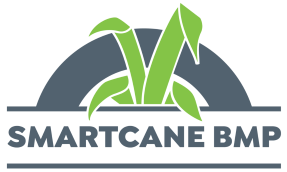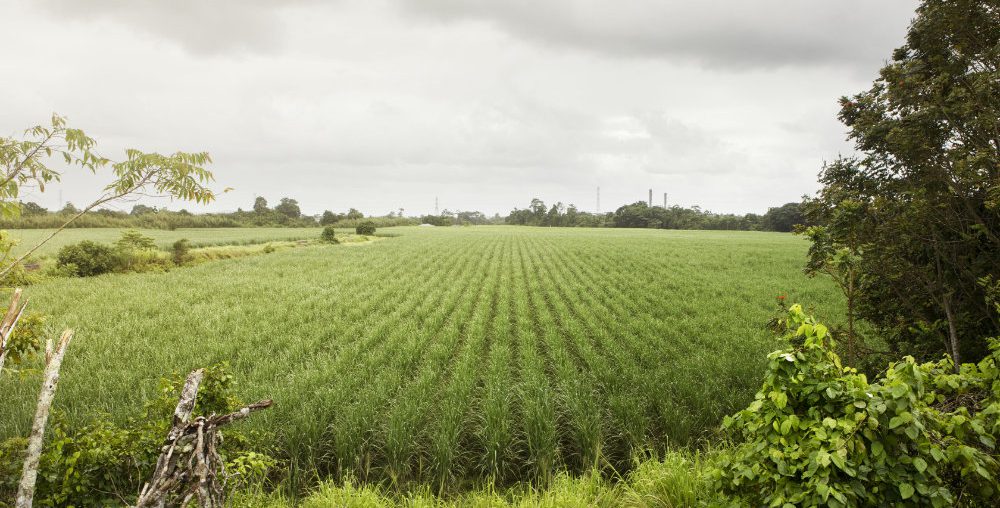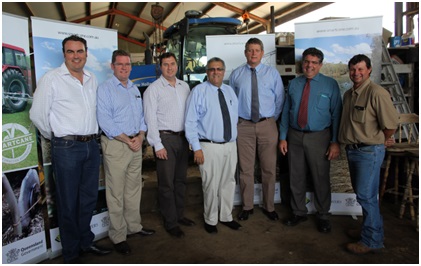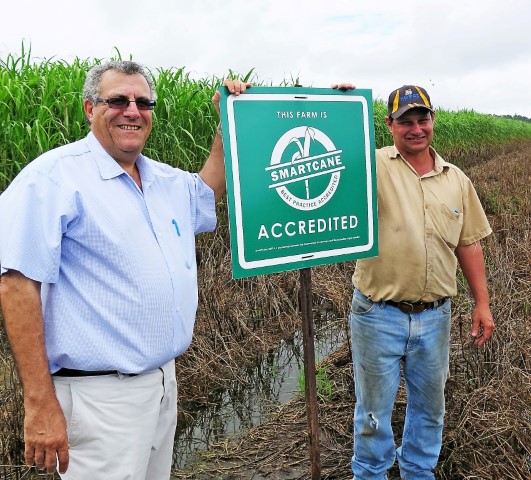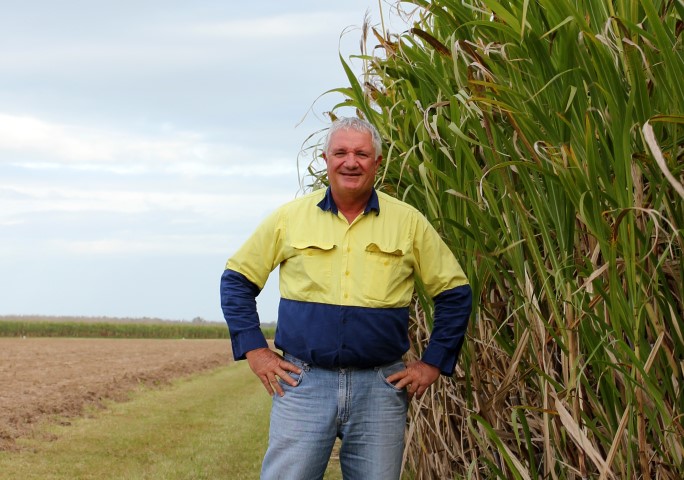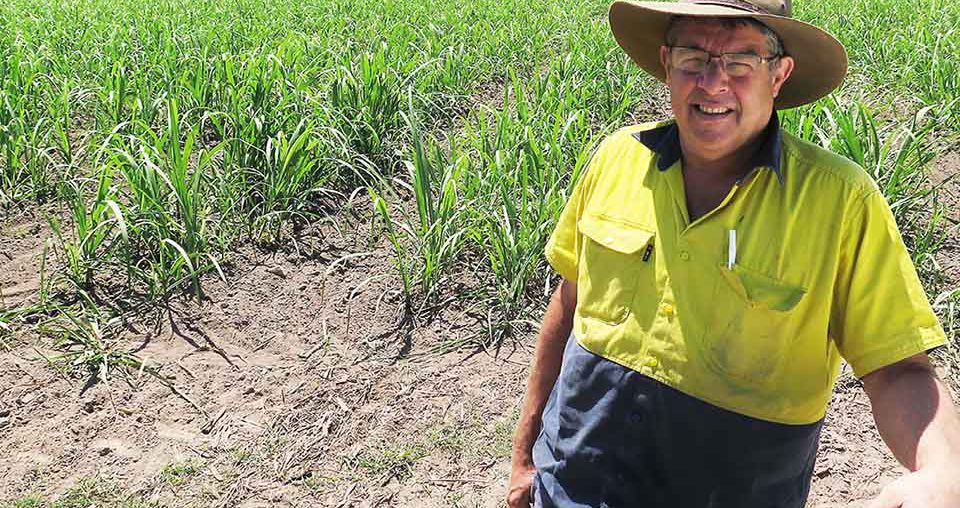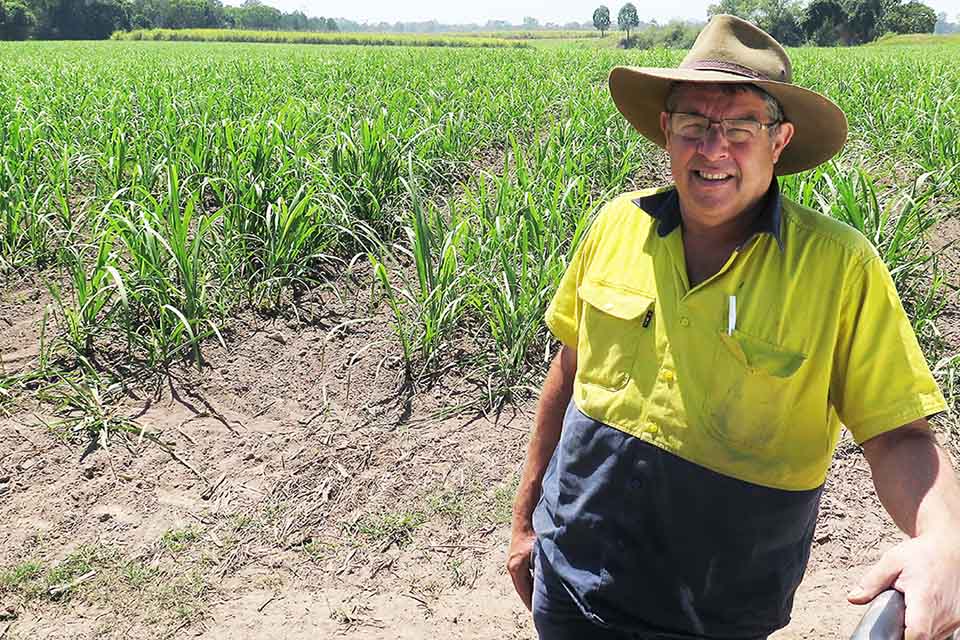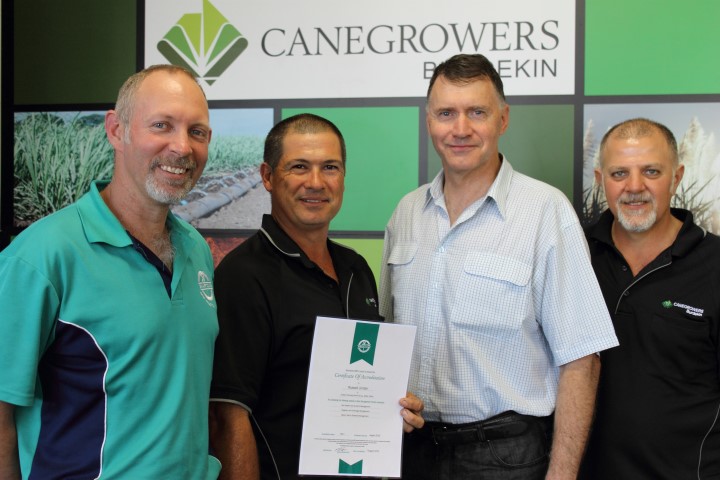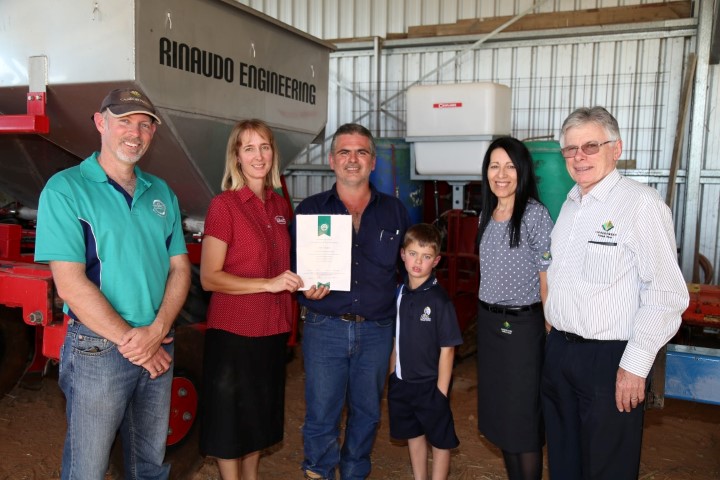Queenslanders are proud of their iconic sugarcane crop according to the results of a recent
survey run by the industry’s best practice farming program, Smartcane BMP.
More than 80% of community respondents to the survey recognised sugarcane as being good
for Queensland.
Almost 70% of respondents said they believed that sugarcane should be farmed sustainably in
order to protect the environment, including the Great Barrier Reef, a call Queensland growers
are heeding with their commitment to Smartcane BMP.
“It’s clear there is extraordinary community support for cane growers from the people of rural
and regional Queensland, who appreciate the positive contribution cane growing makes to the
state’s agricultural sector and the local economy,” Kate Gowdie, Smartcane BMP Manager said.
Since 2014, the industry has run its Smartcane Best Management Practice (Smartcane BMP)
program for growers to demonstrate their stewardship of the land and commitment to positive
environmental outcomes.
“We know cane growers already look after the environment because it’s their greatest
resource. Smartcane BMP gives growers a way to demonstrate this to the community,
government and corporate sector. We want growers to know that their community supports
them and wants to see the industry become more sustainable to ensure its long-term viability,”
Ms Gowdie said.
There are around 4,000 farming businesses across the state’s cane growing regions. So far,
about 150,000 hectares representing 37% of cane growing land is accredited by Smartcane BMP
with the growers seeing the benefits financially and environmentally.
“It’s not about creating more work for growers, but helping them document what they are
already doing and finding efficiencies through that process,” Ms Gowdie said.
One farm’s adoption of best practices under the program resulted in reduced greenhouse gas
emissions equivalent to taking 86 cars off the road.
“With the eyes of our community upon us, we have our sights set on accrediting 40% of the
cane area by the end of 2022 and Queensland’s sugarcane farmers are being urged to work
together to reach this milestone,” Ms Gowdie said.
“The good news is that there is help at hand. Smartcane BMP has facilitators in every cane
growing region who are passionate about working with growers to help them achieve
accreditation.”
Growers interested in learning more about Smartcane BMP can visit www.smartcane.com.au.
